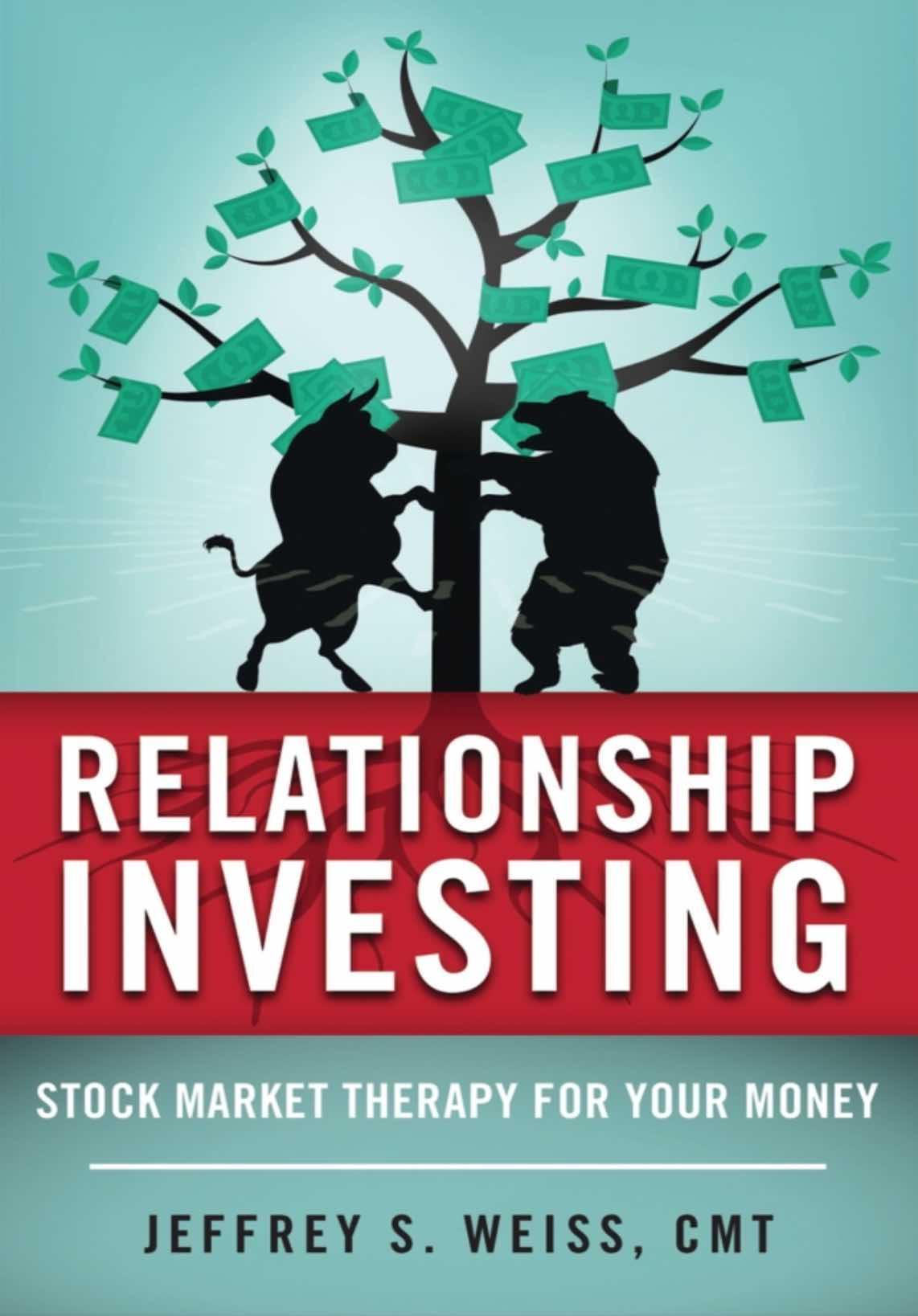Maintaining a healthy distance from the market’s minute-to-minute movements isn’t always an easy task. Some people observe and trade the market on that basis and feel comfortable doing so. I personally don’t delve into these micro trends. It takes time and energy away from what I consider to be the far more meaningful task of attempting to correctly gauge the market’s intermediate and longer-term trends, not to mention how draining it can be. I also think it inflicts a visibly increased emotional toll in a business where stress is already part of the everyday job. Micromanaging a personal relationship leaves less energy to concentrate on the big picture (its market equivalent being the longer-term trend) and can distract you from your primary goal. That’s certainly true in marriage.
Believe me, it’s possible to be so sharply focused on the market’s every movement that you start to second-guess yourself or think you detect a developing trend that really isn’t there. It’s almost as if you’re seeing a mirage. With your face so close to your computer screen, staring so intently at the multicolored quotes flashing before your eyes, you may fail to take an aerial view of the market and get the larger lay of the land—a more realistic picture, you might say.
Speaking of aerial views, you need to make a serious attempt to gauge the market’s general trend. As I said in chapter 1, the market’s primary trend exerts a powerful influence on both its component sectors and individual issues. That’s the grand prize in the analytical battle—correctly gauging the market’s investment trend. It’s the trend within which all the others (like the near-term and intermediate-term analytical time frames) exist, and fighting it can shred your capital.
Sadly, individual stock recommendations are made day in and day out without any regard to the market’s major trend. It’s like swimming or boating without giving any consideration to the tide, or piloting a plane without assessing the atmospheric conditions. In these instances you need to step back from the individual circumstance to get a wide-angled perspective. Market-wise, this provides investors with an opportunity to better gauge the market’s rhythm. This is a central point because the stock market is not simply a conglomeration of random fluctuations. Nor is a symphony orchestra just a group of varied instruments playing random notes. You could say that while the stocks represent the individual instruments and the market sectors they’re in are the percussion, woodwind, string, and brass sections, the overall market trend is represented by the conductor.
One of the most common mistakes that investors and traders of all financial shapes and sizes make is trying to equate a stock’s performance with the market’s over a single session or several sessions. It’s like trying to assess a relationship on an hourly basis. To me, hourly is a time measure of payment for parking or paying your baby sitter—not the definition of a market trend or a basis on which to invest. In relationship terms, you may have had a great date, but how is that pairing going to fare over the far more meaningful longer-term span? That’s what really counts. Focusing so intently on a person’s short-term behavior to the extent that you can’t step back and evaluate them overall increases the chance of an incorrect appraisal, just as in our market example. You need some breathing room.
I can’t tell you how many times I’ve heard a comment about how favorable it was that one’s stock was up on a day when the market was sharply lower or how worrisome it was that a particular holding was down in a session or for a week in which the market rallied sharply. Trouble is, there are rarely any conclusions to be drawn from movements such as these in and of themselves. Go back and look at the action of many technology stocks following the NASDAQ Composite Index bubble that burst in 2000, or that of numerous banking and financial shares during their 2007–2009 plunge. I’m sure you’ll find that they each had their share of individual up days when the market faltered. It didn’t matter, however, because their overall trends were poor and many recorded steep declines over an extended period. Seeing a temporary rally in these sectors while the general market was sliding in those sessions meant nothing to their overall trend. Don’t assign any investment weight to action like this. One good weekend doesn’t cure a bad marriage.

A stock that holds up well during a steep market descent over a very short span can simply be catching its breath or receiving a “bargain hunting” bounce before proceeding further south, just as a stock that hesitates to rise for several days or weeks during a spirited market rally may simply be consolidating or undergoing some temporary profit-taking within an overall uptrend. Unfortunately, all too often folks read far too much into micro movements that run counter to the prevailing market trend.
A question the technical analyst asks in situations like this is whether these near-term movements have altered the supply-demand relationship for the stock (or market) in question beyond this minor trend horizon. If you’re a very short-term trader, these micro movements are of import, but not when you’re attempting to size up the intermediate- to longer-term stock and market trends. Sure, there are exceptions, like there are to most “rules of the road.” But they don’t outweigh this general investment principle of the micro market trend taking a back seat to its investment trend counterparts.
At this juncture let me say that there are many gifted and successful traders out there. Shorter-term investing has a devoted following, with a large universe of technical market tools available for them. As I’ve already said, my hat’s off to anyone with a respectable track record achieved with the highest moral and ethical standards, technician or fundamentalist, longer- or shorter-term focused. Still, I think that even those who choose the shorter-term trading route can benefit from paying heed to the market’s intermediate- and longer-term trends.
Moral: In the stock market, as in life, it’s the big picture that counts most. Being too close to a situation can cause you to make a hasty decision, so step back in order to assess it from a wider perspective and get an aerial view. A stock that moves counter to a general market trend over the very short term usually isn’t worth dwelling on. It can mislead you into thinking that you see an important occurrence that is often meaningless. Neglecting the major trend, whether it’s with the stock market or one’s behavior or profession, is a risky bet. So step back and look at the big picture first. It often allows for clearer viewing. You can always zoom in for a closer, shorter-term look afterwards.
(To be continued...)

This excerpt is taken from “Relationship Investing: Stock Market Therapy for Your Money” by Jeffrey S. Weiss. To read other articles of this book, click here. To buy this book, click here.
The Epoch Times copyright © 2023. The views and opinions expressed are those of the authors. They are meant for general informational purposes only and should not be construed or interpreted as a recommendation or solicitation. The Epoch Times does not provide investment, tax, legal, financial planning, estate planning, or any other personal finance advice. The Epoch Times holds no liability for the accuracy or timeliness of the information provided.






